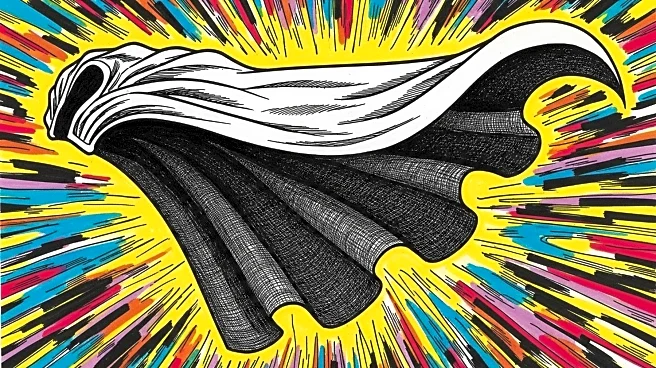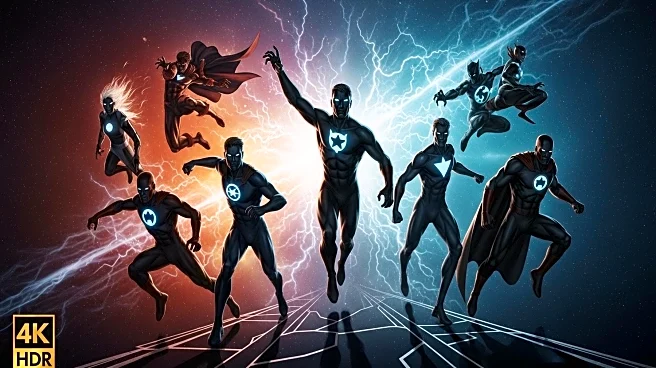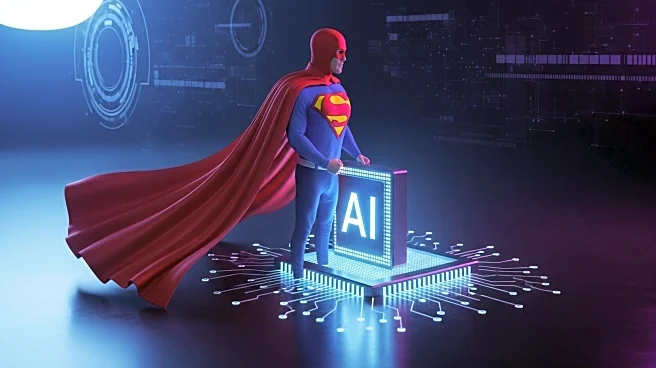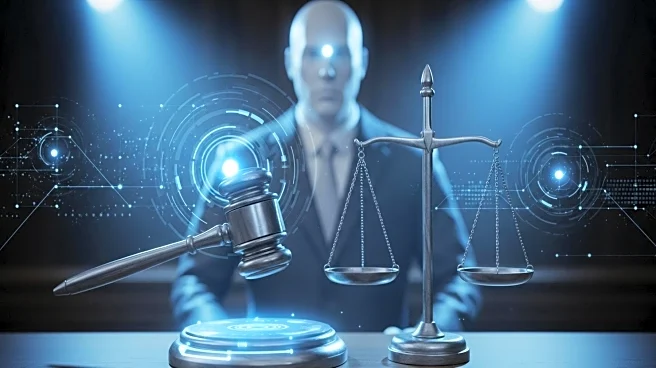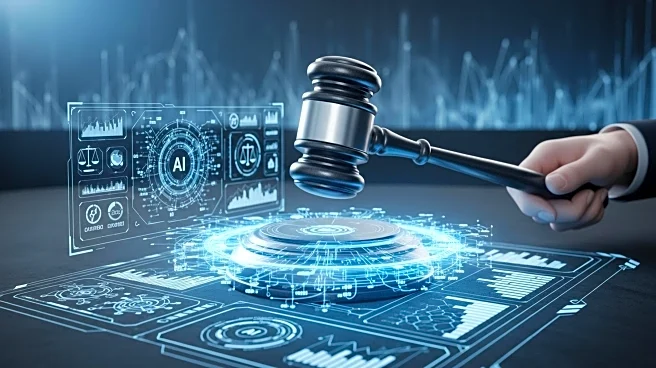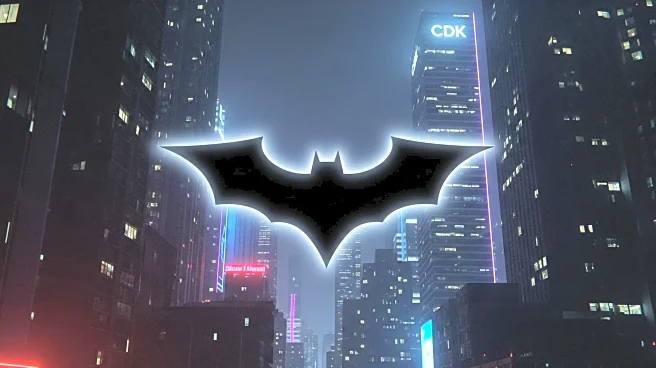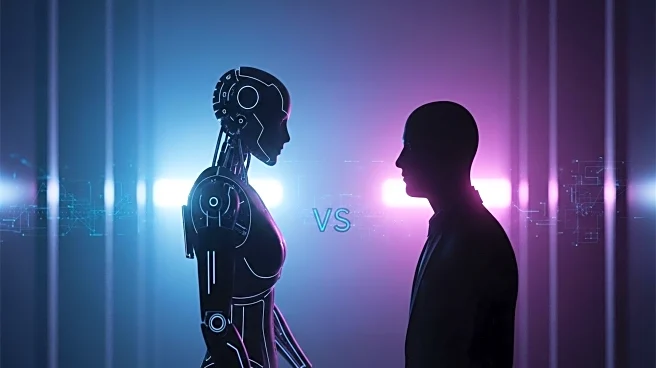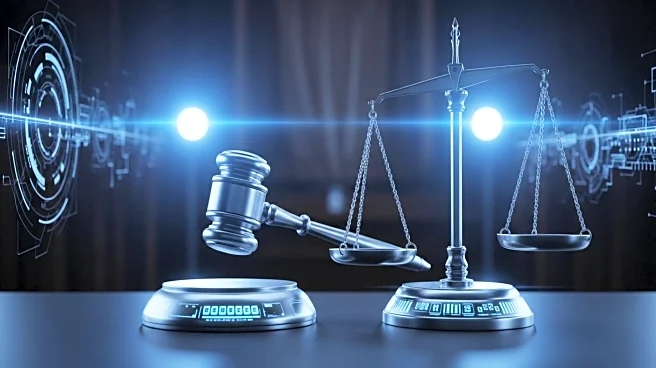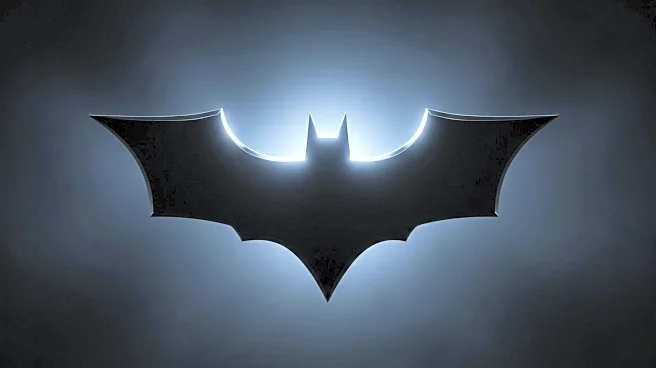What's Happening?
DC Comics President Jim Lee has announced that the company will not utilize Generative AI (GenAI) for storytelling or artwork. This declaration was made during the New York Comic Con, where Lee assured fans that as long as he and Senior Vice President and General Manager Anne De Pies are in charge, DC Comics will refrain from using AI-generated content. Lee emphasized the importance of human creativity in the comic book industry, highlighting that the imperfections and personal touch of human artists are integral to the art form. He expressed concerns that AI lacks the ability to dream, feel, or create art, instead merely aggregating existing works.
Why It's Important?
The decision by DC Comics to avoid GenAI is significant in the broader context of the arts and entertainment industry, where AI's role in creative processes is increasingly debated. By committing to human-driven creativity, DC Comics is positioning itself as a defender of traditional artistic values, potentially influencing other companies in the industry. This stance may resonate with artists and fans who are concerned about the implications of AI on originality and the authenticity of creative works. The move could also impact the future development of AI technologies in the arts, as companies weigh the benefits of innovation against the preservation of human artistry.
What's Next?
As DC Comics continues to uphold its commitment to human creativity, the company may face pressure from industry trends that increasingly incorporate AI technologies. Stakeholders, including artists, fans, and competitors, will likely watch closely to see if DC's stance influences broader industry practices. The company may also engage in discussions about the ethical use of AI in the arts, potentially leading to collaborations or initiatives that support human artists. Future leadership changes at DC Comics could also impact this policy, depending on the priorities of new executives.
Beyond the Headlines
DC Comics' decision not to use GenAI highlights a cultural and ethical debate about the role of technology in creative fields. This stance underscores the value placed on human expression and the unique qualities that human artists bring to their work. The move may encourage a broader conversation about the balance between technological advancement and the preservation of traditional artistic methods. It also raises questions about the future of AI in the arts and how companies can responsibly integrate technology without compromising the integrity of human creativity.

